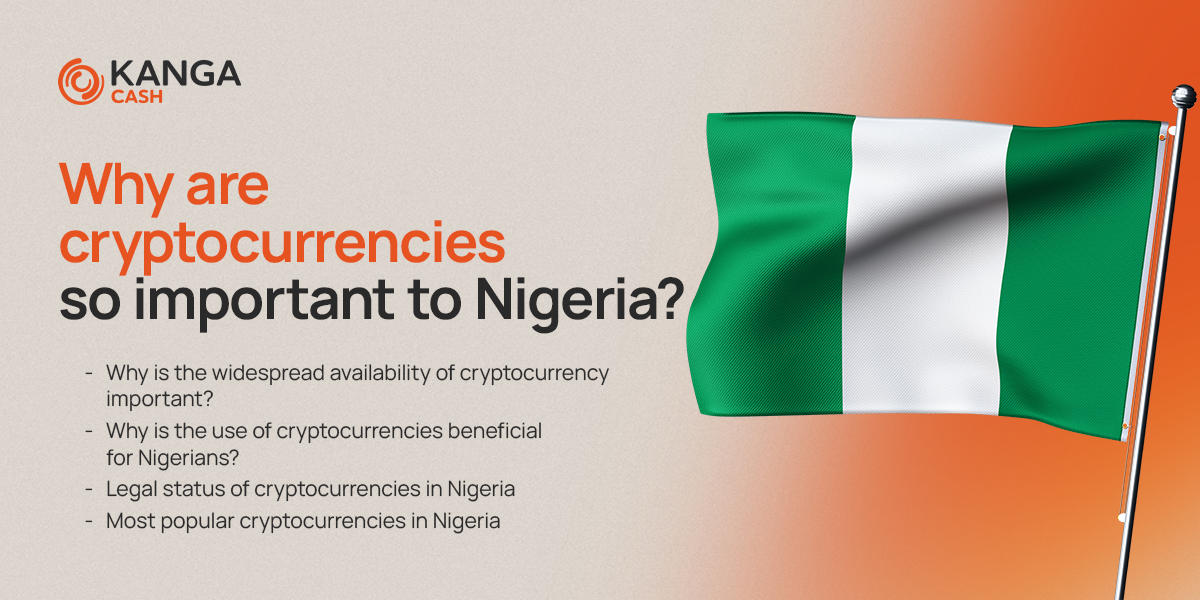History of Ethereum - Get to know ETH from the start!

Who would have thought that ethereum would have come such a long way since its start, eventually becoming the second most important cryptocurrency on the market? Of course, this growth is linked by, among other things, strong ties to bitcoin. Nevertheless, the reason was also the technology used and the willingness of the creators to use innovative solutions. As a set of improvements to the Ethereum network under the name Ethereum 2.0 is fast approaching, it is worth going back and briefly outlining the history behind this project. We invite you to learn more about it!
Who made Ethereum?
The beginning of the story dates back to 2013. It was then that Canadian programmer of Russian origin Vitalik Buterin turned down a proposal to write a new scripting language for the Bitcoin network. This one would have allowed the creation of applications that function on the BTC blockchain. As the year drew to a close, Buterin published a whitepaper of his own project called Ethereum, which included an analysis of it along with plans for further development. Shortly thereafter, in January 2014, at the Bitcoin conference held in Miami, Buterik, along with Gavin Wood, Charles Hoskinson and Anthony Di Iorio, jointly announced the start of work on the project. In addition, the Ethereum Foundation, a non-profit organization, was established to support the development of the ETH ecosystem through it.
Although the currency could be purchased as early as 2014, its blockchain was officially launched on July 30, 2015. Only then were buyers able to transfer it or perform transactions through it.
Ethereum network – first steps
In its early stages, ethereum structurally resembled bitcoin. Moreover, both of these cryptocurrencies used the Proof-of-Work algorithm to create blocks with the help of miners. However, the Ethereum network had the advantage of using Solidity, an object-oriented programming language designed to write scripts for an application running on the blockchain network. Yes, the tool that Buterin was originally supposed to create for the BTC network became part of his own project.
Prior to initiating the actual development work at ETH, Gavid Wood wrote a Yellow Paper (in academic terminology, this is a document containing research before formal acceptance or publication in a scientific journal) outlining the specifications of Solidity. It also presented the concept of computer programs/protocols that verify digital contracts/transactions after certain conditions have been met – smart contracts. It is Ethereum that is historically the first decentralized blockchain platform dedicated to “smart contracts.”
Further development of the Ethereum network
Implemented in 2015, the first iteration of the Ethereum blockchain was called Frontier. In addition to running the network and supporting smart contracts, its task was to allow users to configure their mining devices. This gave rise to the actual building of the ETH ecosystem from scratch.
Since then, Ethereum has seen a series of updates over the years. Each has modified the project’s functionality to meet both the ambitions of the development team headed by Buterin and the expectations of users.
The Beacon Chain update though began the transition of the Ethereum blockchain to Ethereum 2.0. The intention was that the original proof-of-work (PoW) consensus mechanism would eventually be based on proof-of-stake (PoS). Byzantium and Constantinople, in turn, contributed, among other things, to reducing the payout resulting from ETH mining.
In 2020 and 2021, Ethereum’s scalability difficulties were highlighted by decentralized financing (DeFi) projects based on the ETH blockchain. All due to dissatisfaction from users complaining about excessive network fees. The merger of ETH with ETH2 is expected to implement optimal scalability, however, the change is staggered.
Ethereum network and DAO hack
Some updates to the Ethereum blockchain over time were a planned part of its development. Nevertheless, others were nothing more than fixes for specific events or factors. For example, the forking of the Decentralized Autonomous Organization (DAO) served as a workaround for a possible hacking attempt.
The DAO served as a decentralized Ethereum-based autonomous organization fund, which essentially democratized the fund’s asset allocation. Users sent ETH to the DAO’s pool of funds and received DAO tokens in return. These tokens could then be used to vote on where the DAO should allocate its pool of capital. The DAO attracted about $150 million worth of ETH in 2016.
However, in the same year of the DAO, there was a hacking attack that took over 3.6 million ETH from the DAO’s pool of assets.
This situation resonated with the crypto community. A large part of it demanded changes to the Ethereum blockchain to avoid similar problems in the future. However, not everyone, because this type of solution for many contradicted the main idea of blockchain technology – not to violate its source code. This is when the network schism occurred and Ethereum Classic, or a cryptocurrency that faithfully reproduces the original structure of ETH, was created.
Ethereum is a significant player in the crypto space, as evidenced by its market capitalization and the many solutions that entities have built on the ETC blockchain. What does the future hold for the network? Will ethereum as a cryptocurrency be able to dethrone bitcoin? Time will tell! For that, if you are wondering how to buy ETH, welcome to our FAQ!


